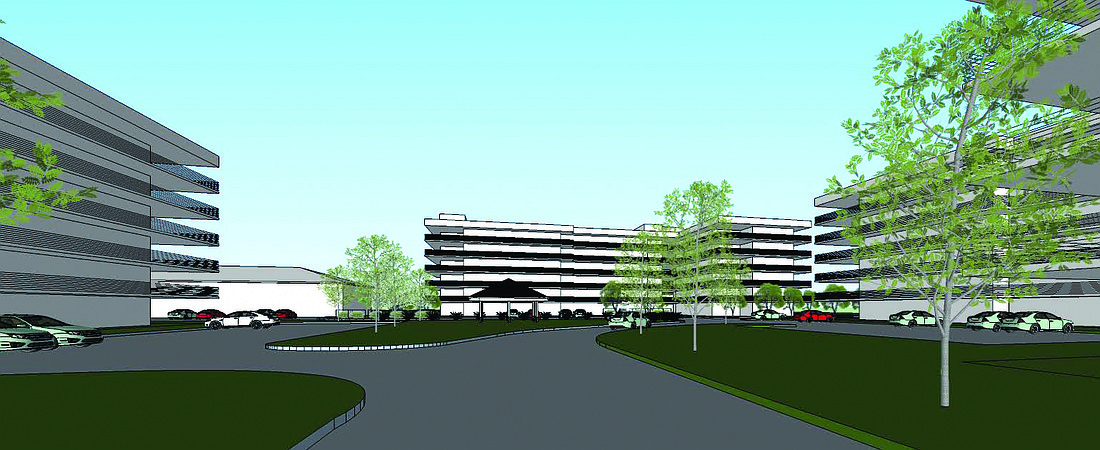- May 4, 2024
-
-
Loading

Loading

In Sarasota County, four out of 10 households spend more than 30% of their monthly income on housing, and many of the lowest-income families spend more than 50% of their income on housing.
That is not sustainable, making it difficult for businesses in Sarasota to find the best workers, and driving working-class families out of the area entirely or to housing in North Port or Bradenton, with long commutes and all the financial, environmental and social impacts that entails. So, it is no surprise that many civic groups and the city and county governments have identified the need for workforce housing as a crucial issue.
As an expert witness in a housing-regulation case, I recently reviewed the existing research on what causes high housing costs. The good news is the answer is simple, the bad news is that it is not what people want to hear.

A terrific 2015 report by the Harvard Joint Center for Housing Studies explains that local land use restrictions, including zoning, any rules that drive up building costs, and low rates of approval for apartment projects at the bottom of the market are what make rents high in many cities. Harvard economist Edward Glaeser, who has published dozens of papers on land-use regulations, policies and costs, puts it bluntly: “Zoning and other restrictions on building account for 90% of the value of a home above construction costs.” He points out that a market would lead to high density in the most desirable and most expensive areas, but in fact we see the opposite in many cities, caused by local regulations.
In Florida, a 2007 study examined data from 112 cities in 25 counties and found that land use regulations have substantial effects on the price of housing and vacant residential land. Earlier this year another study used data from Florida cities to examine the home price effects of regulation and construction delay due to permitting and licensing processes, finding a range of 4% to 11% increase from regulatory costs and another almost 2% increase from delay.
If the city and county of Sarasota allowed housing to be built commensurate with demand and growth in population and job growth, including cheap housing at the bottom of the market, housing would be far more affordable and there would be older and cheaper units available for workforce housing. Instead, the city and county hired the Florida Housing Coalition to put together a “Blueprint for Workforce Housing,” which only gets the problems, and their solutions, partly right.
The blueprint does make some practical recommendations about improving the process governing development, and for allowing people to rent out spare rooms, guest houses, etc. It also points out that the region needs to add a lot of housing to meet demand, especially workforce housing, but basically advocates for shifting the mix of new construction to workforce housing rather than actually increasing the supply of housing overall.
The core of this approach is something called “inclusionary housing” in which developers are required to sell some units as workforce housing for a price much less than the rest of the development, in return for being able to build more units at higher density. But the blueprint points out this hasn’t worked in Sarasota and that much more rigid regulation would be required to make it work. But I have overseen two studies of these policies in other states and found they both drove up the overall cost of housing and pushed development to neighboring jurisdictions.
Higher costs and more sprawl? Not what we are looking for.
The blueprint also recommends lobbying the state to fully fund its affordable housing subsidy programs. But the state spends tens of millions to subsidize about 3,000 affordable units each year. At best, Sarasota can expect that to affect a handful of units in the region.
But really the problem is the people who live here already. They want to have their cake and eat it, too. The city in particular, and the county as well, do not approve nearly as many new housing units per year as they put in their long-term plans, and even fewer workforce housing projects — nowhere near enough to keep up with demand and growth. Every proposed workforce housing project in the city in recent years has been vigorously opposed by various activist and neighborhood groups. New groups keep forming to oppose any attempt to reduce the costs and delays of development.
Time after time the region says to workforce families, “Go away, and never come back.” People keep saying they want more workforce housing, but their actions when there is an actual project prove otherwise.
I confidently predict that 20 years from now we will still be having this debate.
Dr. Adrian Moore is vice president of the Reason Foundation and lives in Sarasota.